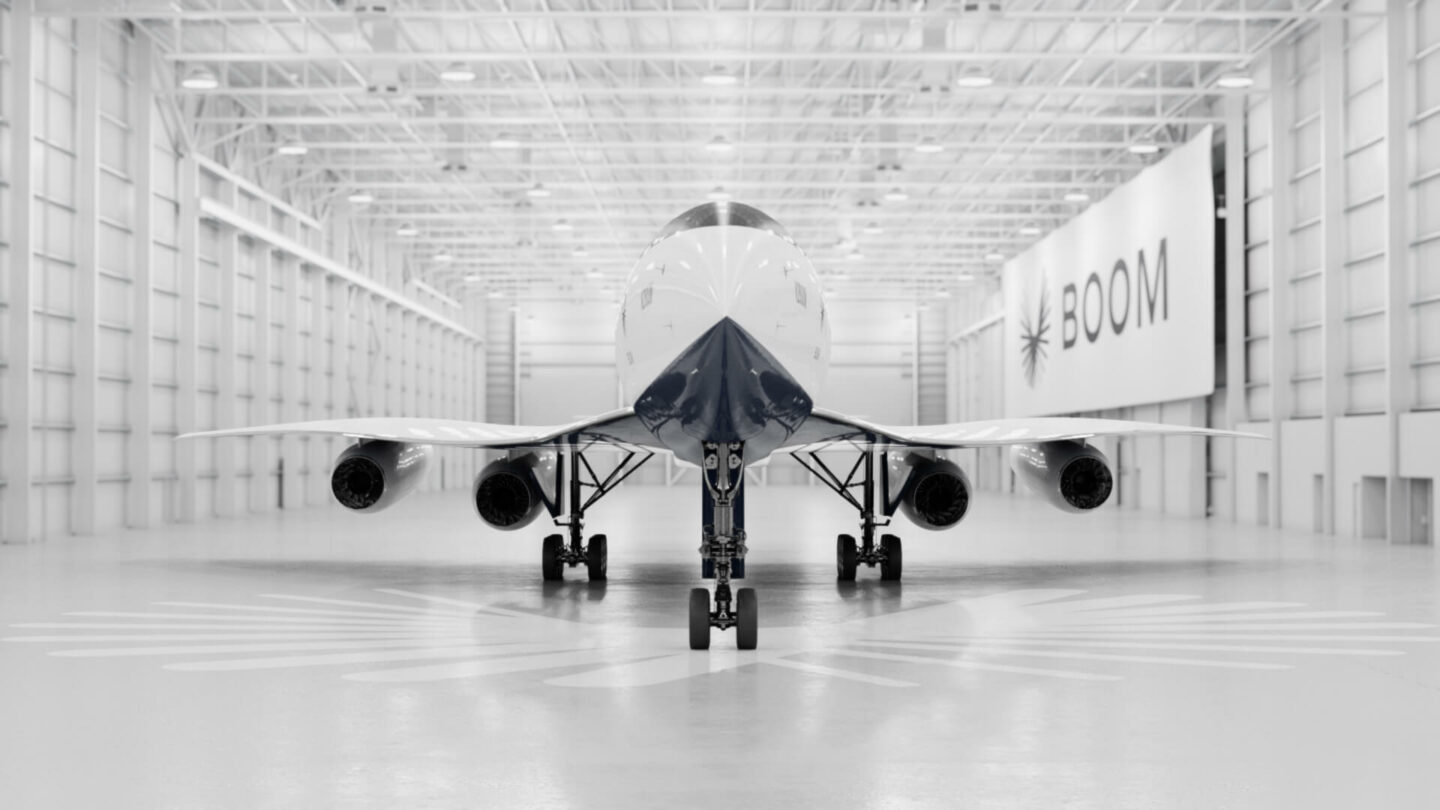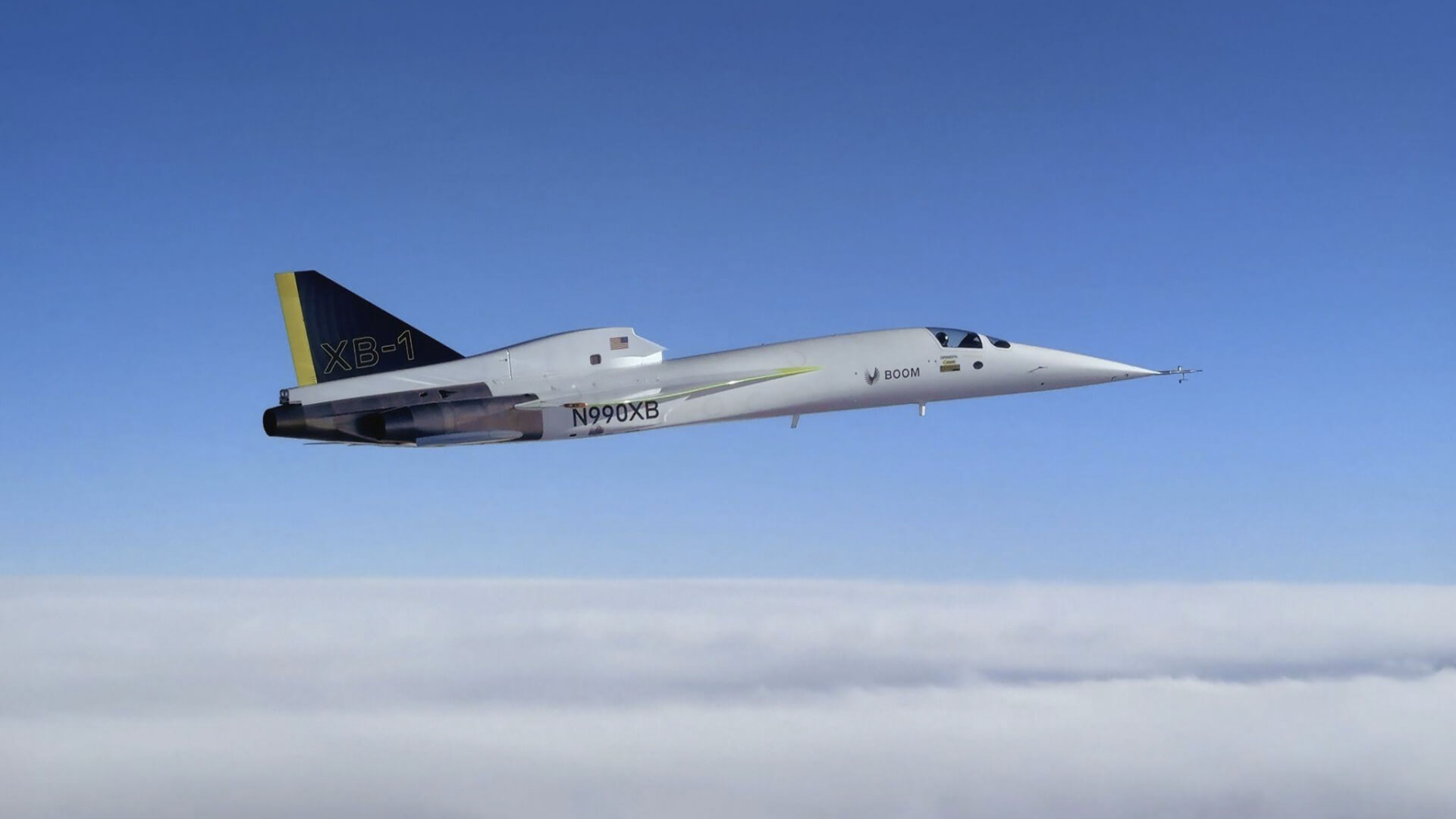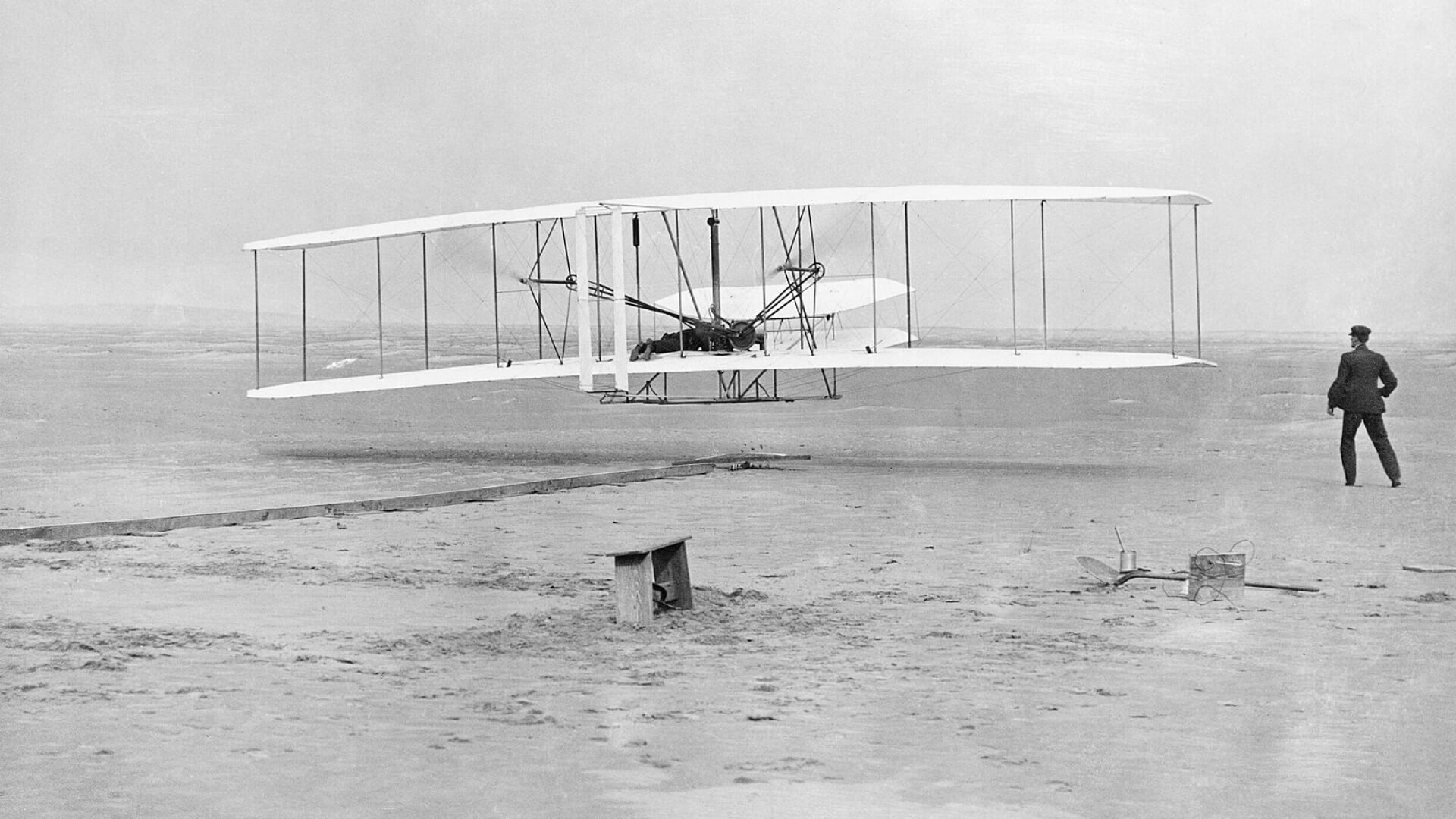As Boom Supersonic develops its flagship airliner, Overture, we are committed to making sure that high speed travel does not come at the expense of sustainability. At Boom, we are dedicated to making faster travel safe, sustainable, and a net good for society.
A sustainability and regulatory specialist at Boom, Dr. Akshay Ashok, recently contributed an article to the World Economic Forum (WEF) on the intersection of speed and sustainability in the aviation industry.
In the WEF article, Dr. Ashok discusses how speed and sustainability can co-exist as governments take a renewed look at supersonic travel and the broader aviation industry commits to curbing environmental impacts.
Governments are prioritizing high-speed travel while zeroing in on carbon emissions
In the United States and in Europe, there is significant momentum and national interest behind the development of high-speed travel. The U.S. government has included the speed of air travel as one of its strategic priorities. Meanwhile, NASA and the European Union are investing in high-speed vehicle design research. That research and development also includes a focus on sustainability, as the aviation industry pledges to reduce its climate impact.
The aviation industry accounts for approximately 2% of global greenhouse gas emissions, and has prioritized reducing its environmental impact. In support of the Paris Agreement’s climate goals, the International Civil Aviation Organization (ICAO) Assembly adopted the collective long-term goal of net-zero carbon emissions by 2050.
SAF is integral to decarbonizing aviation
Sustainable Aviation Fuel, or SAF, is recognized as an immediate and scalable solution to decarbonizing the aviation industry. Therefore, it is essential that manufacturers like Boom optimize high-speed aircraft to fly on 100% SAF.Across the industry, more than 100 airlines, manufacturers, and airports have expressed interest in procuring SAF, with agreements exceeding 11.2 billion gallons. Boom has agreements in place with SAF producers for 10 million gallons of SAF per year for Overture’s flight test program.

Drawing parallels to the growth of other renewable energy industries such as wind and solar, four core measures are critical to scaling the SAF industry: early adoption, sustained research and development funding, a strong government incentive model, and consistent SAF policies. Through these measures, SAF will be poised to deliver carbon reductions across the entire global aviation industry.
Speed and sustainability can coexist, and new entrants have a head start
The re-introduction of supersonic commercial travel brings with it a novel opportunity for new entrants to integrate sustainability from the beginning of the design process. Sustainability and high-speed travel are not mutually exclusive concepts, as new aircraft like Overture – optimized for speed, safety, and sustainability – demonstrate. Modern supersonic airliners such as Overture, along with its propulsion system, SymphonyTM, will be able to achieve net-zero carbon operation upon entry into service by optimizing the design of both aircraft and engine for 100% SAF.

In addition to designing the next generation of high-speed aircraft for SAF compatibility from day one, advances in aerospace technology contribute to more efficient and sustainable flight.
Looking back over time, advancements in aviation technology have consistently created more efficiency and better performance. The advent of the jet engine doubled the speed of commercial air transport relative to piston-engine airliners in the 1960s. However, initial jet aircraft were approximately three times as energy intensive as the piston-engine airliners of the time. Over the next 30 years, improvements in aircraft and engine technology increased the energy efficiency of jet aircraft to meet and even surpass those of piston airliners.
Modern high-speed vehicles like Overture will leverage recent and proven advancements in aircraft and engine technology, including lighter composite materials and higher fidelity modeling to achieve greater efficiencies.
Further R&D is needed to address non-CO2 impacts
Our collective focus on sustainability must be matched by collaboration across the public and private sector to scale SAF, and research efforts to understand and mitigate non-CO2 effects.
Supersonic flights aboard aircraft such as Overture will fly at higher altitudes than subsonic aircraft – around 60,000 feet. Contrails, which research suggests may be the largest contributor to aviation-related climate impacts, are greatly reduced at that altitude. However, other forms of emissions such as nitrogen oxides and water vapor could have greater impacts.

In order to better understand the holistic impacts of high-speed flight, further climate science research is needed. That will enable the aviation sector to evaluate potential mitigation strategies, including climate-optimal cruising altitudes and routing that avoids contrail formation.
Making the world dramatically more accessible
The benefits of air travel are clear – it connects the world, links people, and ultimately enables global economies to prosper. High-speed air travel will make the world dramatically more accessible, unlocking new travel destinations and possibilities.
It is equally important that we prioritize sustainability alongside speed, making faster travel safe, sustainable, and a net good.
New entrants in the aerospace manufacturing space, such as Boom Supersonic with Overture, can optimize for sustainability from the beginning. Coupled with efficiency improvements gained through innovation in technology, software, and materials, we can ensure that the benefits of faster flight are delivered sustainably.
Read the World Economic Forum article by Dr. Akshay Ashok here.







